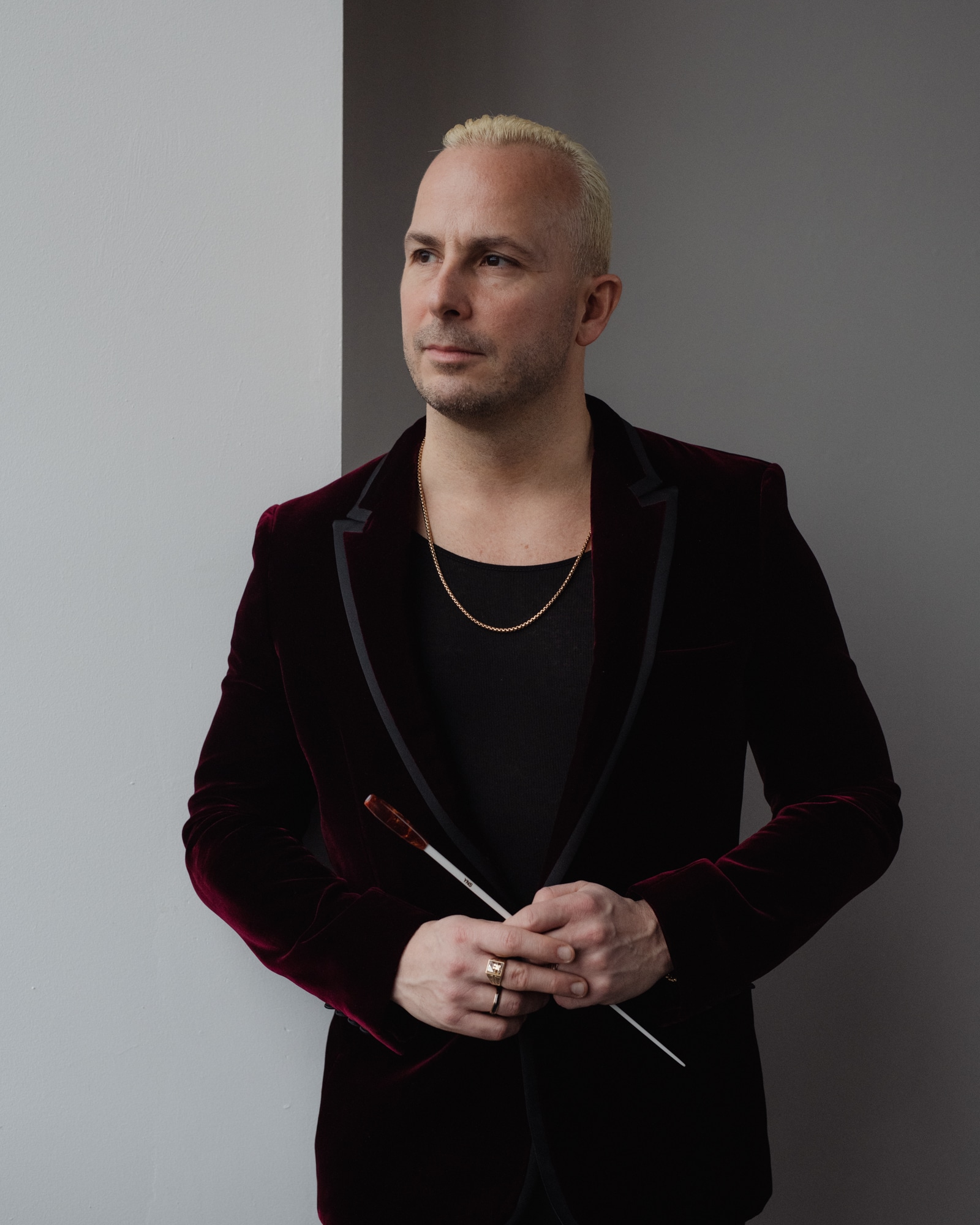Is this neurological disorder peculiar to professional musicians?
mainThere’s a medical conference gathering in New York next month to consider the links between the neurological disorder known as dystonia and the lives of working musicians.
It claims to be the first Musicians Dystonia Summit, and I have pasted details below.
Among those whose careers were disrupted or ended by the condition are the eminent pianist Leon Fleisher and ELP’s Keith Emerson. The disorder can prompt muscle spasms that cause twisted and repetitive movements.
Here‘s a link to recent scientific thinking.
Scientists and Artists Seek Answers at First-ever Musician’s Dystonia Summit
CHICAGO, Feb. 16, 2012 /PRNewswire-USNewswire/ — A neurological disorder called dystonia is estimated to have ended the careers of at least one member of every major American metropolitan orchestra. Dystonia has claimed the livelihoods of musicians across genres including the acclaimed pianist Leon Fleisher of the Peabody Conservatory of Music, former first oboist of the Chicago Symphony Alex Klein, acoustic guitarist Billy McLaughlin, classical guitarist Liona Boyd, keyboard playerKeith Emerson of Emerson, Lake, and Palmer, and others.
The Dystonia Medical Research Foundation (DMRF) is convening the first-ever Musician’s Dystonia Summit, March 9-10, 2012in New York City. Leading medical experts and musicians will convene to review the latest research, support affected musicians, and chart new directions toward better treatments .
Musician’s dystonia is characterized by involuntary, controllable muscle spasms triggered by playing an instrument. The muscles spasms are present only when playing the instrument and disappear at rest. String and piano players experience symptoms in the fingers and hands. Brass and woodwind musicians develop symptoms in the hands or embouchure, the muscles of the face and lips. Musicians may perceive the early symptoms of dystonia as the result of faulty technique or lack of sufficient preparation.
Billy McLaughlin began experiencing symptoms at the height of his career. He began white-knuckling his way through performances, baffled by the realization he could no longer play his own compositions. “I went from intricate and beautifully composed pieces to whatever I could get my fingers to play,” he explains. Critics began to speculate that McLaughlin had a substance abuse problem because of his sudden and uncharacteristically “sloppy” playing. He was diagnosed with dystonia in 2001.
Treatment of musician’s dystonia is limited, and few musicians are able to regain the technical proficiency achieved prior to the onset of symptoms. However, several musicians have succeeded in reviving their careers by dramatically altering performance techniques over a long period of time.
Recent data estimated that 1-2% of professional musicians are affected by dystonia, but there are likely large numbers of musicians living with symptoms who remain unidentified.
The Dystonia Medical Research Foundation (DMRF) is a 501c3 organization whose mission is to advance research toward improved treatments and a cure, promoting education and awareness, and providing support resources to affected individuals and families. The organization can be reached at http://www.dystonia-foundation org or 800-377-DYST (3978).





Er no, since it is also what is popularly known as writer’s cramp. So journalists must get it too!